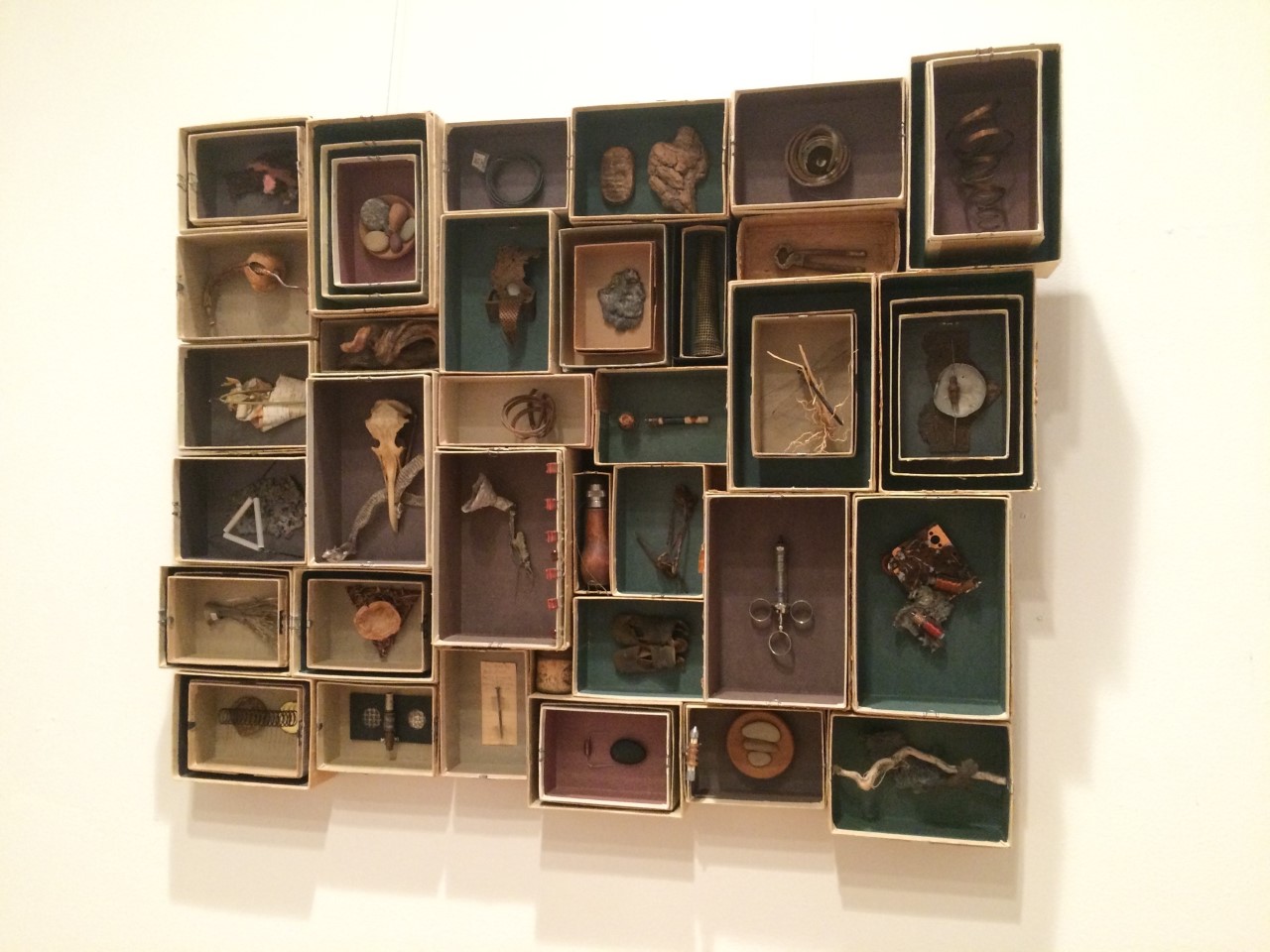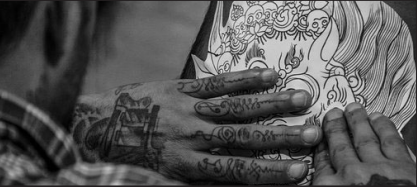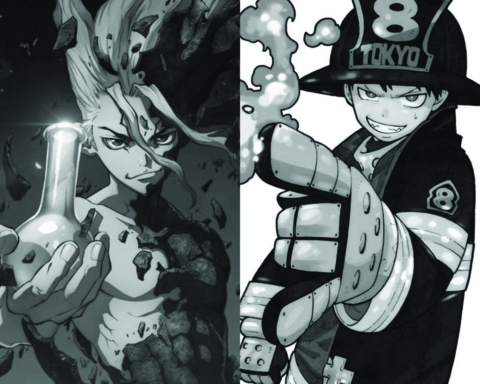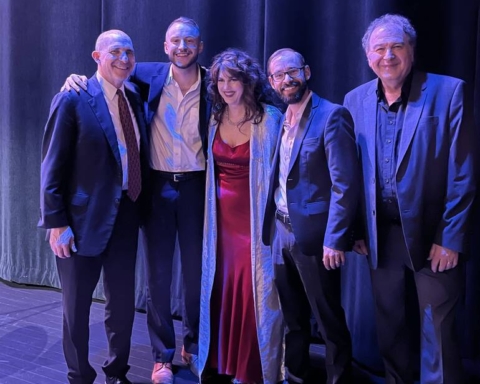For Mary Pat Wager, every object poses a new artistic opportunity, and her “Salvaged/ Recollections” exhibition in the Regina A. Quick Center for the Arts is proof of that.
Open for the public’s viewing until June 5, Wager’s work will be highlighted in both the Front Gallery and the Paul and Toni Branch Gallery. Her work, according to Sean Conklin, the assistant curator for the Quick Center, is best described as “upcycling,” although viewers may be tempted to equate her work to recycling-based artwork.
The two galleries featuring Wager’s work separately display the types of materials she commonly uses: wood and metal. In each gallery, though, viewers can find an array of unexpected materials, including bullet casings, transistors and resistors, laser-cut steel, film, a preserved butterfly and dragonfly, figurines, a porcelain doll head and painting utensils.
Wager, self-described as a “salvaged sculpture artist,” said her artistic path had humble beginnings, as she roamed her grandparents’ farmhouse after the estate’s “disposition.”
“I entered the farmhouse after all my aunts and uncles had taken what they wanted,” said Wager. “All that remained were the things to be thrown away. What I found were items too precious to throw out: a pair of my grandmother’s eye glasses, spools of thread, a doll, a small brass mirror. I was compelled to gather these items to preserve their history and memory of my grandparents.”
Although some personal items are included in her work, the majority of Wager’s featured pieces are assembled from materials collected at others’ estate sales, junk yards and garage sales.
According to Wager, she’s interested in the story these items tell and hopes to show that in her work.
“I have always been drawn to objects that have a history and can reveal a part of the past,” said Wager. “I find it interesting to isolate and make prominent an item that is easily overlooked and perhaps destined for the landfill. I am intrigued by the power of objects as conduits for evoking memories, preserving history and communicating with the viewer.”
Conklin said he’s amused by the conversation Wager’s pieces generate.
“A lot of people are drawn to it quickly just because it’s interesting,” said Conklin. “There’s a lot of stuff going on…So then you start there and you work your way out into this larger message behind each piece.”
Conklin said one piece, featuring writing utensils attached to ceramic stems, above a note taken from someone’s estate, evokes a great deal of thought, as viewers try to decipher the message behind its abstract look.
“She literally just found a note and wanted to talk about the messages and the methods we use to communicate,” Conklin said. “But everyone wants to read and figure out what this means and why [the note] is attached to this piece. She put that there for no [obvious] reason and, suddenly, it became the major drawing point for that piece.”
According to Wager, though, sometimes the individual materials tell a story themselves, rather than their combination.
“I cannot dictate that the viewer find beauty in the often excused or forgotten object, but if they spend time looking at my assemblage work, they will be forced to see items that are easily overlooked in our present society,” said Wager. “I encourage my students to become keen observers and to slow down and really look at objects to reveal their essence…”
Gallery hours run from 10 a.m. to 5 p.m. Monday through Friday and noon to 4 p.m. on Saturdays and Sundays.
Wager is scheduled to lead an “Artist Gallery Talk” in the Quick Center on Wednesday, April 20, followed by an “Artist in Action Demonstration for Local Schools” the following day.
mcgurllt14@bonaventure.edu









